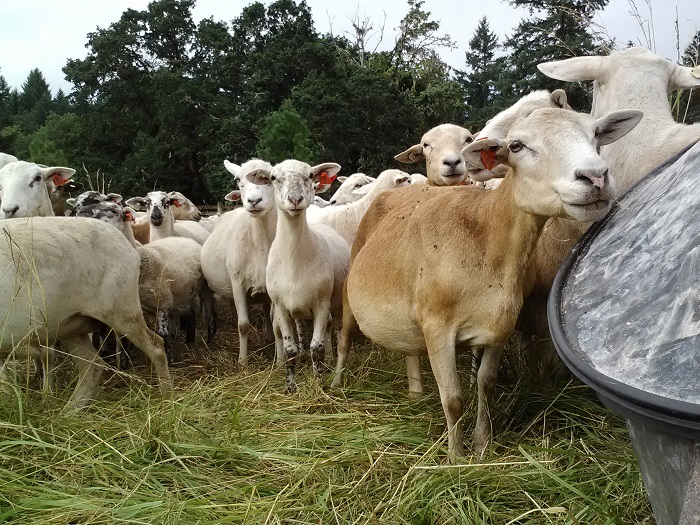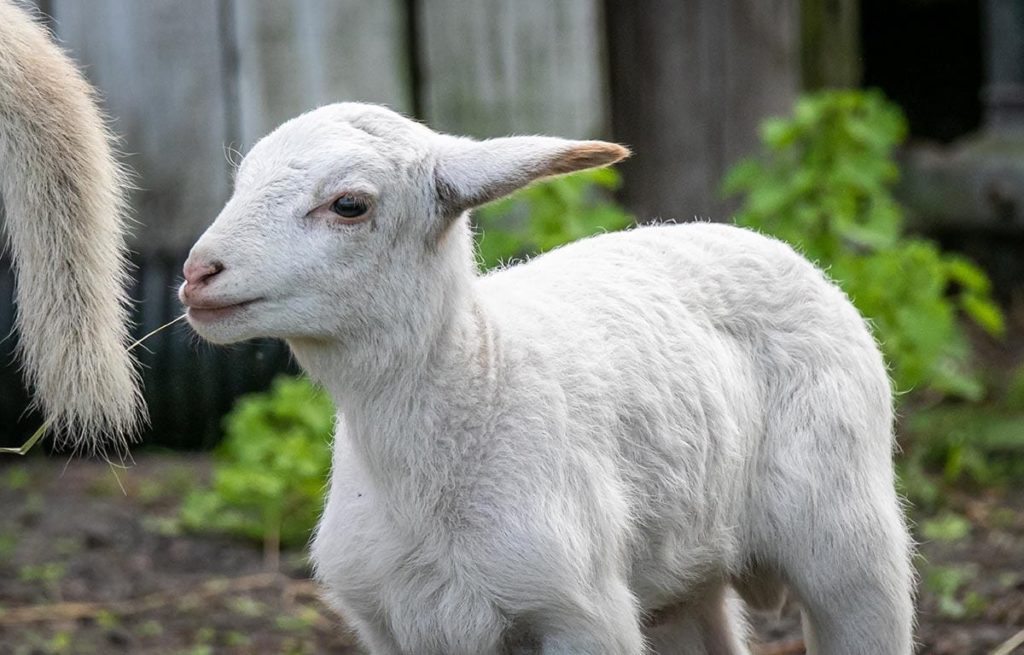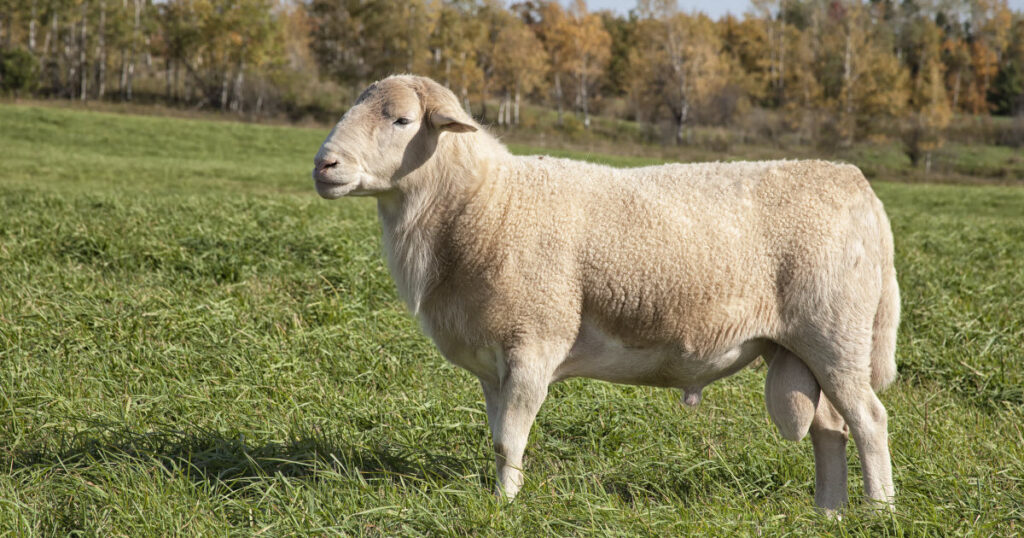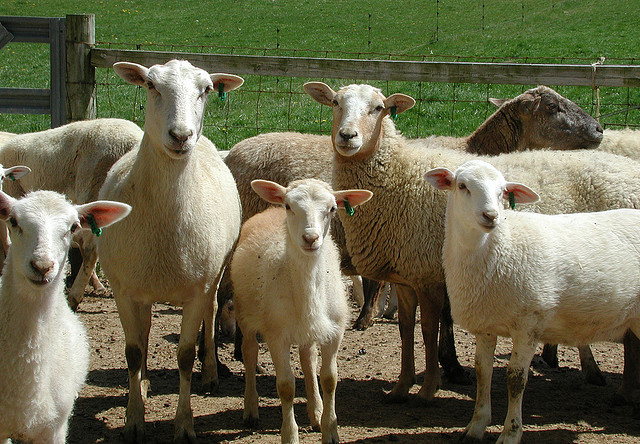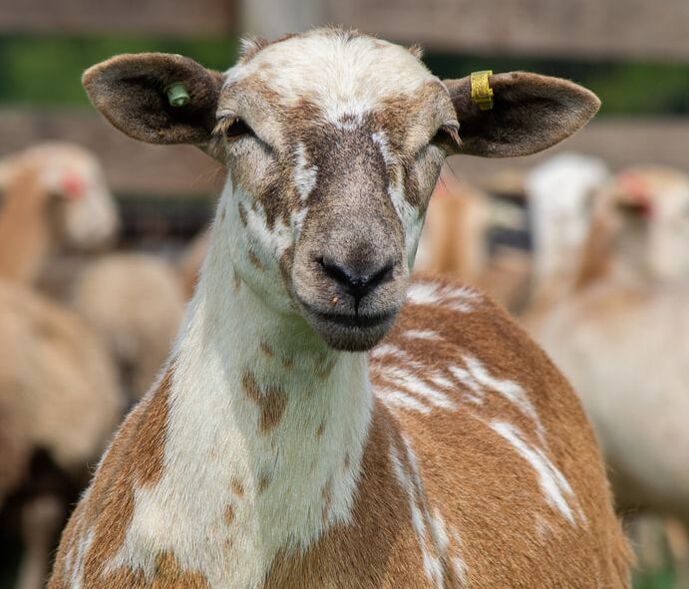
This website is sponsored by Lakeland Pest Control. They are the best in town. So please give them a call and support them.
Katahdin is a unique breed of sheep developed for efficient and economical meat production.
Katahdin is a hardy breed that adapts well to a variety of grazing situations. Two to four sheep can be raised on an average acre of pasture. Sheep do not graze selectively and readily feed on “harmful plants”. Therefore, they are excellent for keeping weeds to a minimum.
The start-up costs are relatively low. An outbuilding or barn with dry bedding provides adequate shelter. You should be free to choose between water and non-copper salt and/or mineral supplements. These sheep only need a pound of grain per day plus grass/pasture or hay.
,
Katahdin sheep are fertile at 7 months of age. Pregnancy lasts only 5 months. Twins are perfectly normal, triplets are also common. The twins average 8 pounds at birth and are quickly approaching their traditional market weight. Katahdin is easygoing sheep and excellent mother. Going out in the morning to clean and find little lambs being born, dried, and fed is a very common sight. Lambs can be weaned at 3 months of age. Katahdin sheep breed until they are 8 years old and some are still active as young as 12 years old.
The Katahdin breed of sheep is kept exclusively for meat. The carcass dresses clean and simple. It is very muscular, relatively lean, and has a very mild flavor. The meat can be eaten hot or cold and is easily substituted in most beef or pork recipes.
The obedient nature of the breed makes it an excellent choice for young families and older breeders. They are easy to handle and have a strong herding instinct.
Their manure is sought after by many gardeners because it can be used without aging and contains more nitrogen, phosphorus, and potassium than cow or horse manure. The Katahdin are an easy to care for, unshorn, and very fertile breed of sheep with exceptionally good maternal instincts. The excellent taste definitely distinguishes this breed as a real BEEF SHEEP.
Because they don’t need to be clipped, they grow from a thick winter coat that they shed in spring. No commercial use. Udder, belly, and legs are free of wool and stay clean. The tails are left to provide protection from cold winter winds.

